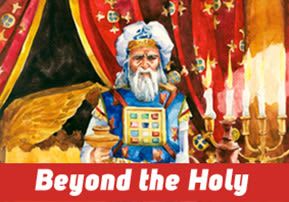
Tetzaveh: Beyond the Holy
The conflict between sacred and secular exists both in our private lives and in the public sphere, as indicated by the garments of the High Priest...

Translated and abridged by Rabbi Chanan Morrison
One Line or Two?
One of the most impressive of the special vestments worn by the High Priest was the tzitz, a pure gold plate placed across the forehead. Engraved on the tzitz was the phrase, "Holy to God."
According to Talmudic tradition, these words were split into two lines. God's name appeared on the top line, and underneath was written, "Holy to." In contradiction to this tradition, however, Rabbi Eliezer testified that he had seen the tzitz among the plundered Temple articles in Rome — and the engraving was made on a single line (Shabbat 63b).
Why should the phrase "Holy to God" be split into two lines? And if that was the way the inscription was supposed to be engraved, why did the actual tzitz used in the Temple bear the entire phrase on one line?
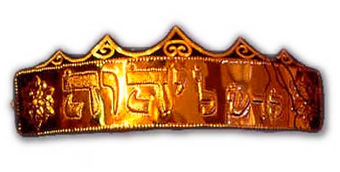
Above image: The "Tzitz" – the gold plate with Hashem's Name on it, worn by the High Priest in the Holy Temple – image courtesy of www.templeinstitute.org
The Realm of Kodesh Kodashim
We are accustomed to viewing the world as being divided into two realms: kodesh and chol, the holy and the profane. We are deeply aware of this dichotomy, and the friction between them, in all levels of existence: in our actions, feelings, thoughts, areas of study, and so on. The conflict between sacred and secular exists both in our private lives and in the public sphere.
There is, however, a third realm, even higher than kodesh. This is the level of kodesh kodashim, the 'holy of holies.' This is the very source of holiness, and it is based on both kodesh and chol. While the realms of kodesh and chol appear to us as competing and contradictory, in fact, each one complements and supports the other. The holy gives meaning to the profane; without it, the world of chol is lost, without direction or purpose. And the profane gives strength and substance to the holy. Without it, the kodesh has nothing to refine and elevate.
The lofty realm of kodesh kodashim is attained by the complementary interactions of kodesh and chol. This level reveals the common source of elevated holiness that resides in both kodesh and chol. In fact, kodesh kodashim is so much higher than the other two realms, that, when viewed from such heights, the differences between the holy and the profane disappear.
The Oral Tradition states that God's name was engraved on a separate line above the words, "Holy to." In other words, God's name belongs to the exalted world of kodesh kodashim. Since it reflects a vision far beyond the apparent contradictions of holy and profane, it could not be written on the same line as "Holy to."
Distinguishing Between Kodesh and Chol
This elevated outlook is, however, only theoretical. In our world, it is crucial that we distinguish between kodesh and chol. Humanity's moral development depends on havdalah, a clear awareness and distinction between what is sacred and what is not.
Furthermore, if we do not separate these two areas, and ensure that each one maintains its independence, both kodesh and chol will suffer. Lack of clear boundaries between them greatly hinders human advance. For example, cold academic analysis and dissection of Torah subjects can leave them lifeless and dismembered. Religious encroachment on secular areas of study, on the other hand, can obstruct scientific progress (consider Galileo's struggles with the Church). Therefore, in practice it was necessary to lower God's name on the tzitz to share the same level as "Holy to." In this way, the holy is set apart from the profane.
Still, the potential to perceive the inner unity of kodesh and chol was — at least theoretically — engraved on the High Priest's forehead-plate, raising his thoughts to the unified reality of kodesh kodashim, where God's name is inscribed above and beyond the kodesh.
Since Hashem's Holy Name appears in this article, please treat any printout of this article with sanctity.
(Gold from the Land of Israel, pp. 155-157. Adapted from Ein Eyah vol. IV, p. 114; Ma'amerei HaRe'iyah pp. 400-407.)
* * *
Rabbi Chanan Morrison of Mitzpeh Yericho runs http://ravkookTorah.org a website dedicated to presenting the Torah commentary of Rabbi Avraham Yitzchak HaCohen Kook, first Chief Rabbi of Eretz Yisrael, to the English-speaking community. He is also the author of Gold from the Land of Israel (Urim Publications, 2006).


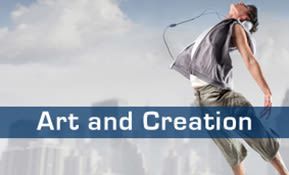
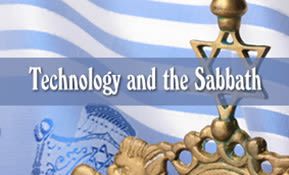
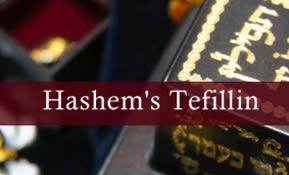
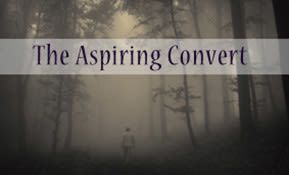
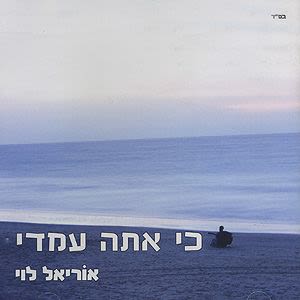

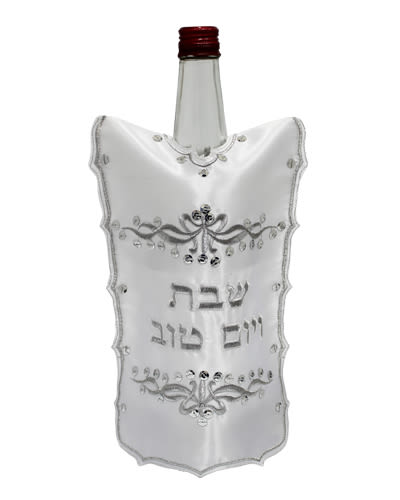
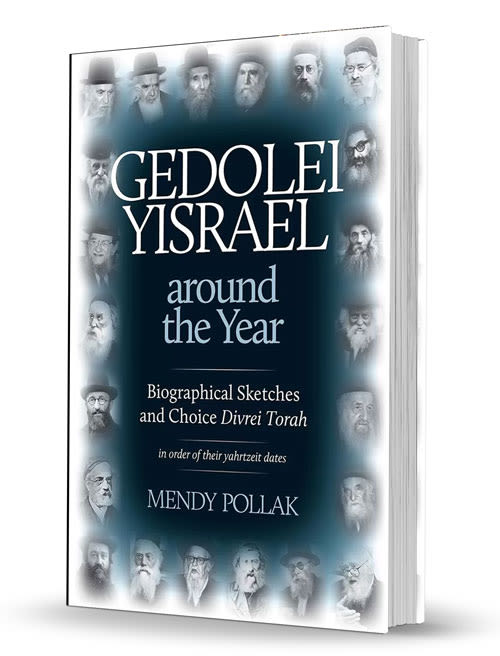
Tell us what you think!
Thank you for your comment!
It will be published after approval by the Editor.